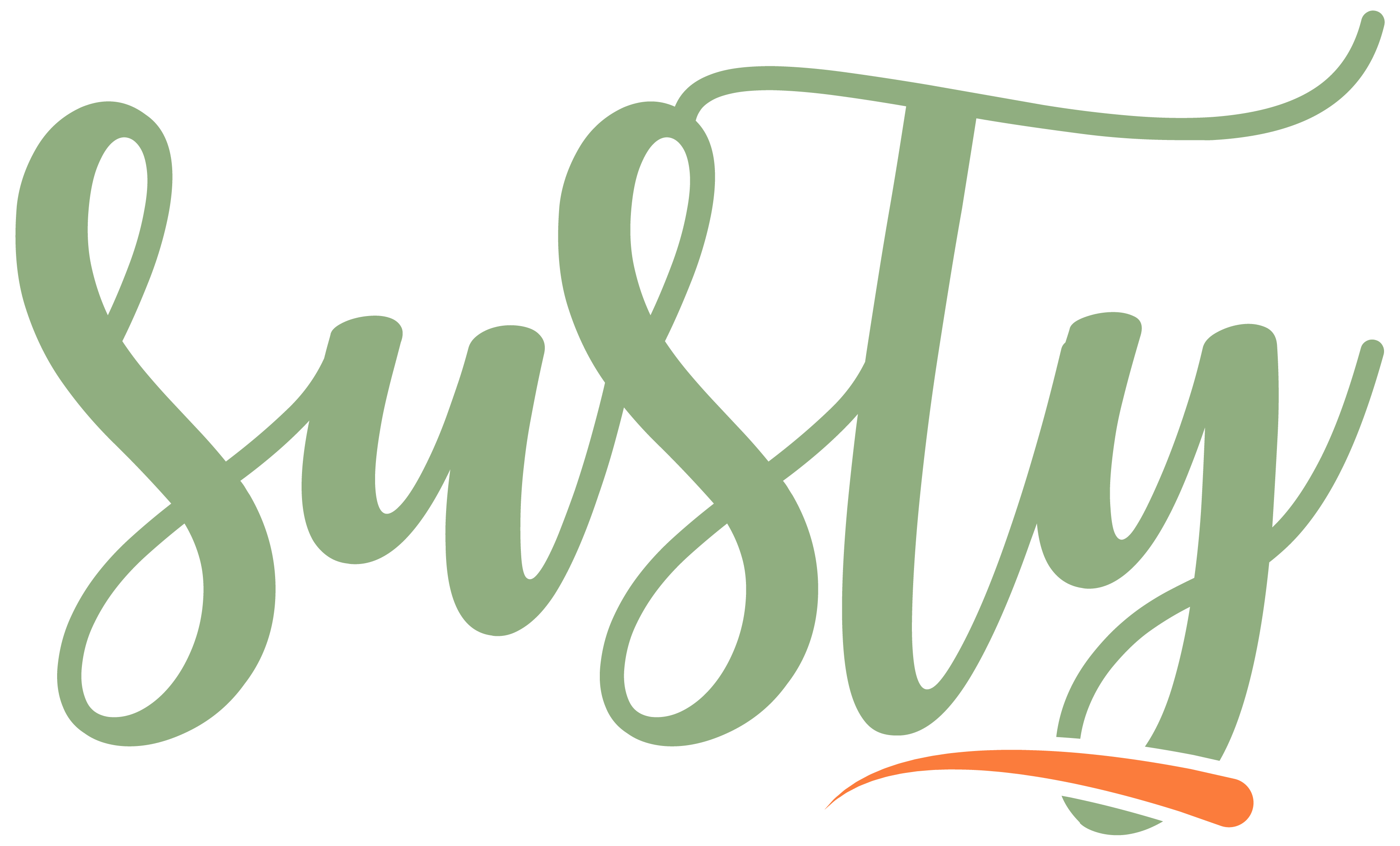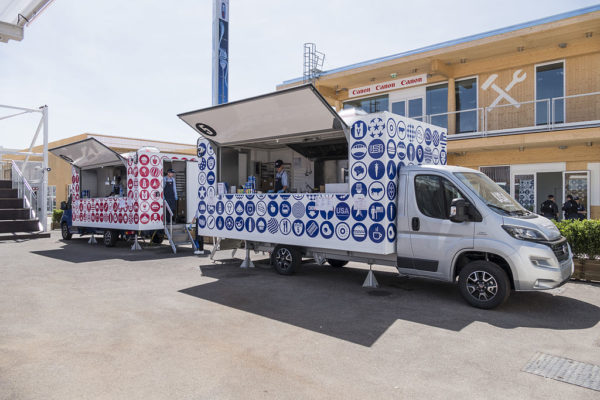For a country with a population of only below 350,000 people, Iceland has a lot to offer. Its unique geography and history add size and scope to its tourism sector. Where else in the world can you grab a chopper to hover above a glacier covered volcano in a northern light washed starry night, jump off, and ski down to a traditional cabin with geothermal hot springs and hot lamb stew waiting for you?
Iceland is not so different from other Scandinavian countries in the high cost of living relative to the rest of the world. My only recommendation here is to book early! Reykjavik, its capital city, is an unavoidable and must see starting point. It is a pretty city that can easily be mistaken for a town from afar, but its looming Church of Hallgrímur at the city centre gives it a mythical Nordic feel. The modest but busy buildings that line the main streets of Skólavörðustígur and Laugavegur show the international pedigree of the city. From Dunkin Donuts to a Nepali restaurant and then to eclectic Icelandic fish restaurants and on to independent Icelandic bookstores, it is clear that Reykjavik attracts people from all corners of the world and Icelandic people are equally well travelled.
The city offers variety of accommodation to tourists from luxury hotels to more affordable 50 USD a night AirBnb stays. Being a socially and environmentally conscious city, public transport is reasonably priced and the streets accommodate safe cycling. Not to be missed are the Volcano House, the Maritime Museum, Whales of Iceland exhibition, amongst many other museums and exhibitions including, if you are very curious, the Phallological Museum, which is a collection of penises and penile parts from, according to their website, almost all of the land and sea mammals in Iceland.
The Golden Circle & Fontana Wellness tour organized by Reykjavik Excursions is a good introduction to the interior of Iceland. The weather in Iceland is so unpredictable that a perfectly summer sunny morning in one valley leads to high winds and chilly rain in the next. On the way to our first stop, a horse farm, we saw one thing that is so predictable in Iceland – geothermal energy, that provides electricity and heating around the country, transmitted through a network of hot water pipes that blend well with the landscape.
Sipping our morning coffee, we could admire the Icelandic horse – a hardy, medium sized breed that has been adapted to the harsh conditions of the island and trained to display five different gaits, two of which a very unique amongst horses around the world. The first major stop of the tour was the Geysir area – the origin of the famous Geyser. Geysir became famous for its unpredictable and big eruptions of boiling water gushing through a vent from the ground. Though frequent, it has not erupted to historical heights for years. However there is still plenty of gusher action, and every 10 or 15 minutes the Strokkur geyser gushes without any bubbling or rumbling – a total surprise every time. Not so far away, the aptly named Little Geyser is comparably gently effervescent.
Driving through Thingvellir National Park, we witnessed the land formations that make the mid-Atlantic ridge that continues rise the separate inch by inch before the main motivation of the day – soaking into the natural steam baths at the Fontana Spa & Wellness Center. Before dipping in, we got to witness geothermal baking of rye bread with our guide shovelling out a few loaves from the ground. As he explained the baking process we sampled slices of the bread with butter spread on top. At the baths we could choose between a sauna room, steam room, chlorinated pool, natural pool with warm spring water and algae lined rocky surface and, if you are bold enough, venturing into the adjacent lake for a swim.
Landmannalaugar is a magical location for hiking. A lava field from an eruption over 500 years ago created its landscape of a kaleidoscope of colors dotted with natural geothermal hot springs. It is a gentle hike, and as you go up the mountains slowly reveal themselves with amazing textures ranging from snow covered to brown sand of weathered rocks to black hard solid lava rock. Lots of steam vents, curious ice bridges formed from the spring melt and to cap it all off a dip into a lake that receives natural hot spring water resulting in therapeutic warmth and relaxation, well deserved after a long hike.
The Blue Lagoon Spa is the most famous in Iceland because of its scale and proximity to the Keflavik International Airport. A section of the lava field between the airport and capital city was developed to have a massive pool constantly heated by the water circulating from the nearby Svartsengi power plant. It is popular for both tourists and people with certain ailments that want to benefit from properties of the water and silica mud in the pools. Blue Lagoon also offers a range of skin products and spa services.
The final visit involved Iceland’s most iconic animal – the Puffin. We visited the Westman Islands, locally know as Vertmannaeyjar. We landed at the main island, Heimaey. With a modest current population of just over 4,100, it was entirely evacuated in right after the eruption of its Eldfell volcano in 1973. Because it is an important fishing port, there was enough space to quickly transport people to the mainland and just have emergency personnel on the island to try diverting the lava flow and protect property from damage. There is a museum dedicated to the eruption of Eldfell volcano literally at the foot of the volcano, where the last of the lava flow solidified and you can still see a damaged house that was left undemolished as part of the exhibition.
We took at boat tour around Heimaey and could observe puffins flying, floating in the sea or foraging on the grassy island. Puffins being extremely shy, we needed binoculars and an observation tower on the island to best admire these beautiful birds with their stout red, white and black striped beaks. If you are a geology and biodiversity fan, these islands are very interesting, with each island telling a different story about origins of the earth and how nature can take over a barren piece of land. In fact one of the islands, Surtsey, appeared as if out of nowhere in an eruption that started out at sea in 1963 and then lasted 4 years. It was immediately designated a nature reserve to create conditions for a study on biocolonisation.




